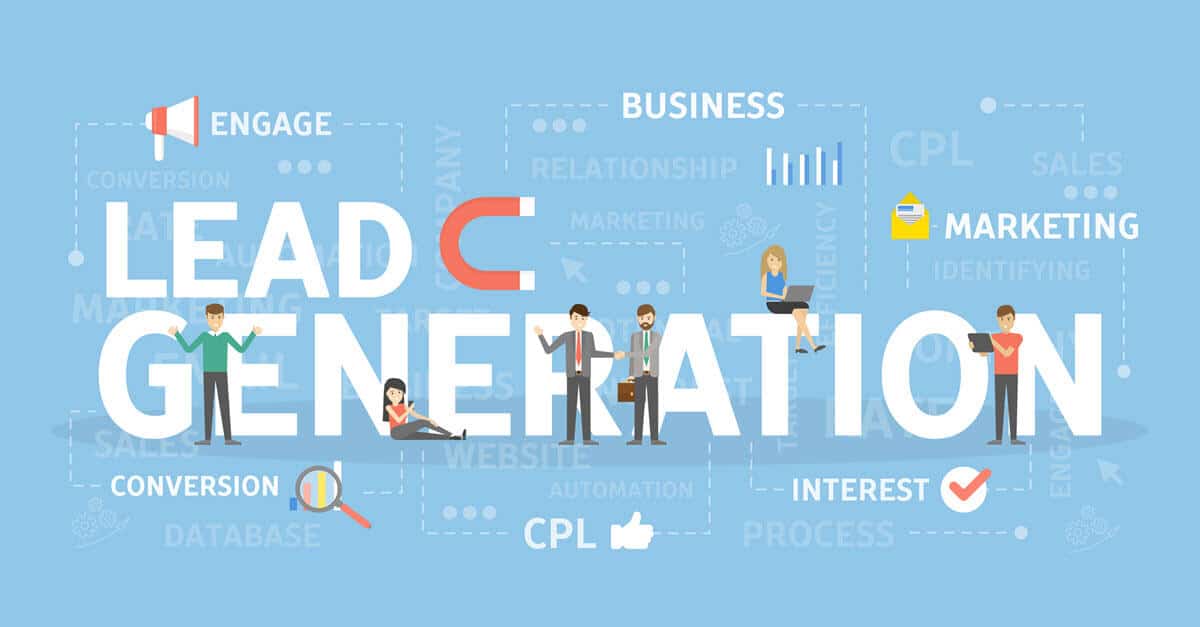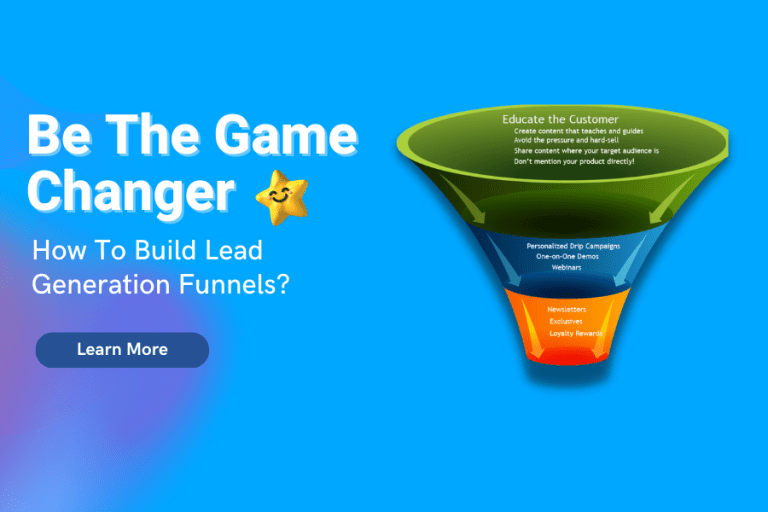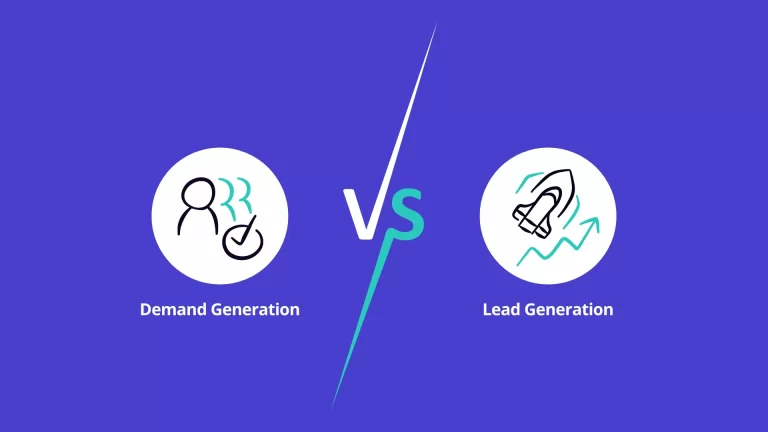Understanding the Basics of Lead Generation: A Comprehensive Guide
Lead generation is a fundamental part of any business’s success. It is the process of attracting and converting strangers into potential customers.
The concept is simple, but executing it requires strategy and effort. In this comprehensive guide, we’ll go over the basics of lead generation, including its importance, strategies, and tools to help you improve your lead generation efforts.
Why is Lead Generation Important?

Lead generation is essential for business growth and survival. Without it, businesses can’t find new customers, and without new customers, businesses can’t grow. Lead generation is the fuel that powers sales and revenue growth.
Another reason why lead generation is important is that it enables businesses to build relationships with potential customers. By providing valuable information and resources, businesses can establish trust and credibility with their audience. This, in turn, can lead to increased brand awareness and customer loyalty.
Strategies for Lead Generation
There are several strategies that businesses can use to generate leads. Here are some of the most effective ones:
1. Content Marketing
Content marketing is the process of creating and sharing valuable content to attract and engage a target audience. This could include blog posts, ebooks, videos, social media posts, and more.

The goal is to provide information that is helpful and relevant to the audience and to position the business as a thought leader in its industry.
2. Search Engine Optimization (SEO)
SEO is the process of optimizing a website’s content and structure to improve its visibility in search engine results pages (SERPs).

By targeting relevant keywords and phrases, businesses can increase their chances of appearing at the top of search results when potential customers search for information related to their products or services.
3. Pay-Per-Click (PPC) Advertising
PPC advertising involves placing ads on search engine results pages and other websites. Businesses pay each time someone clicks on one of their ads.

This can be an effective way to drive traffic to a website and generate leads, particularly when combined with effective landing pages.
4. Social Media Marketing
Social media marketing involves using social media platforms like Facebook, Twitter, and LinkedIn to promote a business’s products or services.
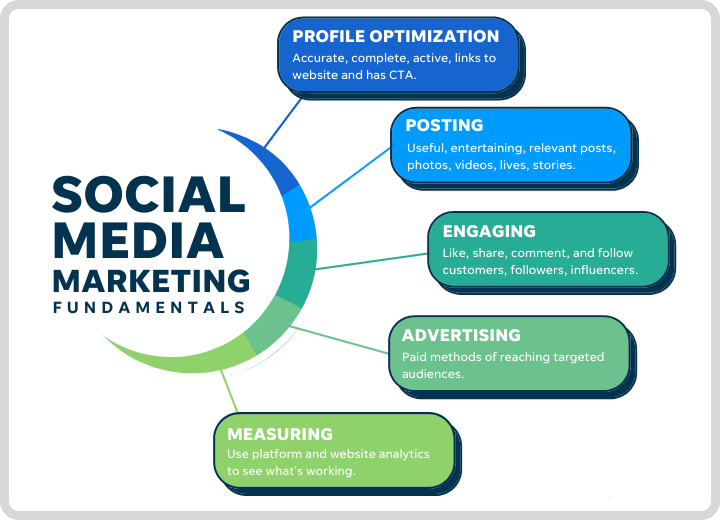
By creating engaging content and building relationships with followers, businesses can generate leads and increase brand awareness.
5. Email Marketing
Email marketing involves sending targeted emails to a list of subscribers. These emails could include newsletters, promotional offers, or other types of content that are designed to generate interest and engagement.
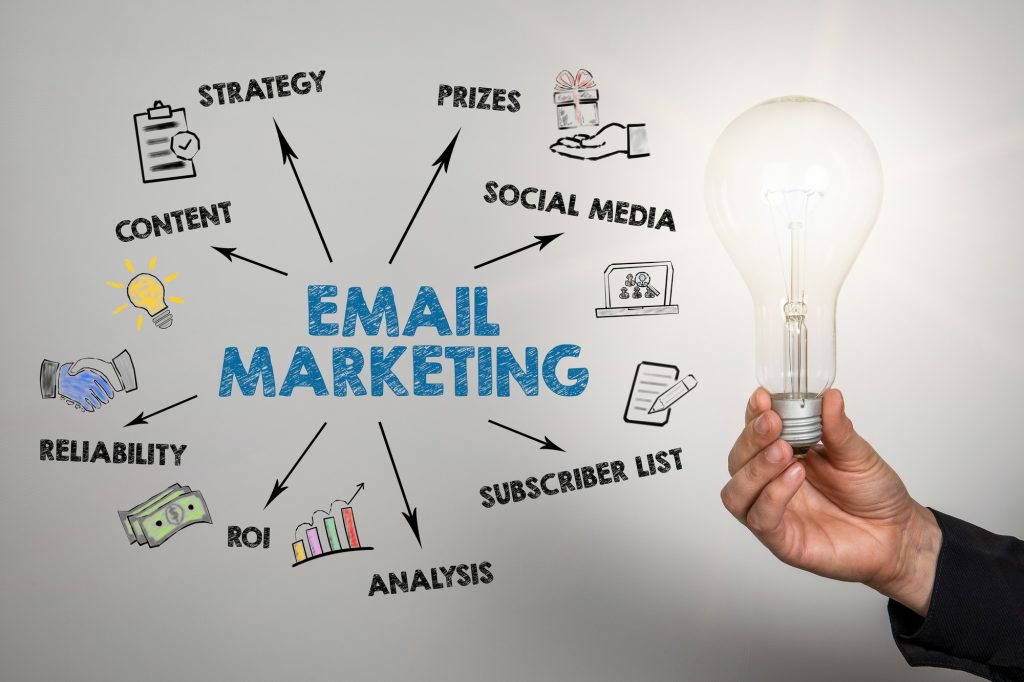
Effective email marketing requires a well-crafted email list, an understanding of the target audience, and engaging content.
Tools for Lead Generation
There are several tools that businesses can use to improve their lead generation efforts. Here are some of the most popular ones:
1. Lead Magnets
Lead magnets are free resources that businesses offer in exchange for a potential customer’s contact information.
These could include ebooks, whitepapers, webinars, and more. By offering something of value, businesses can attract potential customers and start building relationships with them.
2. Landing Pages

Landing pages are web pages that are designed to convert visitors into leads. They typically include a form for visitors to fill out in exchange for something of value, such as a lead magnet or a free trial.
Effective landing pages should be clear, concise, and visually appealing.
3. Marketing Automation
Marketing automation involves using software to automate repetitive marketing tasks, such as email campaigns, lead scoring, and lead nurturing.
This can help businesses save time and resources while also improving the effectiveness of their marketing efforts.
4. Customer Relationship Management (CRM) Software
CRM software is designed to help businesses manage their customer interactions and relationships. It can be used to track leads, manage customer data, and automate sales and marketing processes.
Effective CRM software can help businesses streamline their lead-generation efforts and improve their overall sales performance.
5. Analytics Tools
Analytics tools, such as Google Analytics, can provide valuable insights into a business’s lead-generation efforts.
These tools can help businesses track website traffic, monitor user behavior, and identify opportunities for improvement.
By analyzing this data, businesses can optimize their lead-generation strategies and improve their overall performance.
Best Practices for Lead Generation
Now that we’ve covered the basics of lead generation, let’s go over some best practices to help businesses generate high-quality leads:
1. Define Your Target Audience

Before you can effectively generate leads, you need to understand your target audience. Who are they? What are their pain points and challenges? What are their goals and aspirations?
By answering these questions, you can create content and strategies that are tailored to your audience’s specific needs and interests.
2. Offer Value
In order to attract and engage potential customers, you need to offer something of value. This could be a lead magnet, a helpful blog post, or a free trial of your product or service.
By offering something that solves a problem or addresses a need, you can establish trust and credibility with your audience.
3. Use Clear Calls-to-Action (CTAs)
A call-to-action is a prompt encouraging a user to take a specific action, such as filling out a form or downloading a lead magnet.
To be effective, CTAs should be clear, concise, and visually appealing. They should also be placed in strategic locations throughout your website and content.
4. Use Multiple Channels
Don’t rely on a single channel to generate leads. Instead, use a variety of channels, such as social media, email marketing, and PPC advertising, to reach a wider audience.
By using multiple channels, you can increase your chances of generating high-quality leads.
5. Measure Your Results
Finally, it’s important to measure the results of your lead generation efforts. This can help you identify what’s working and what’s not, and make data-driven decisions about how to improve your strategies.
Use analytics tools to track website traffic, user behavior, and other metrics that are relevant to your goals.
Conclusion
Lead generation is a critical part of any business’s success. By attracting and converting strangers into potential customers, businesses can grow their sales and revenue. T
o be effective at lead generation, businesses need to use various strategies and tools and follow best practices such as defining their target audience, offering value, using clear CTAs, using multiple channels, and measuring their results. With these tips in mind, businesses can improve their lead generation efforts and achieve their goals.

